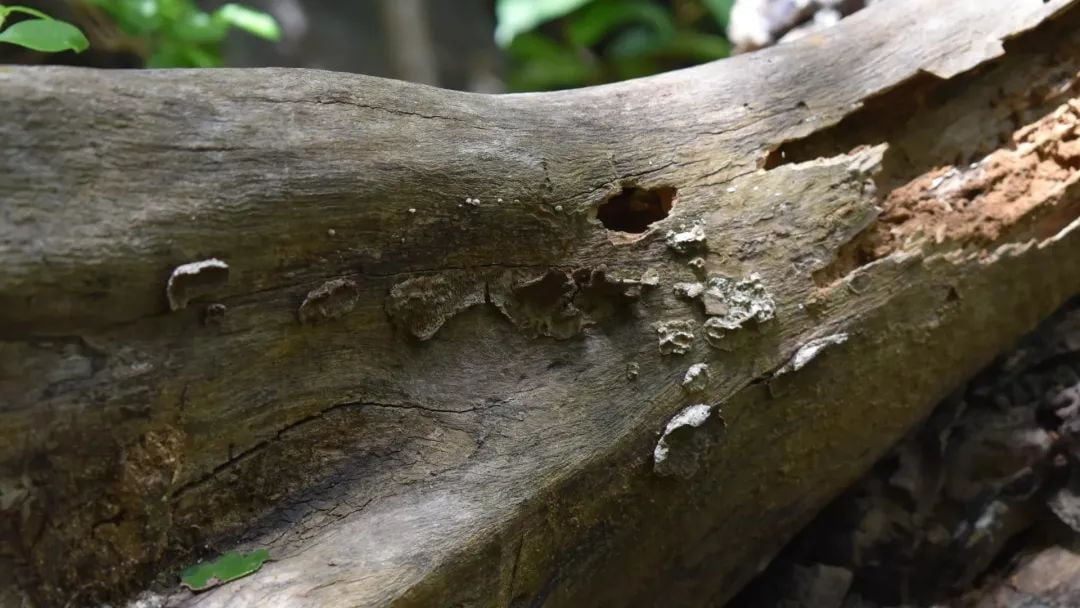In the forest, some fungi attach themselves to trees, eating the wood and releasing carbon dioxide. A new study recently found that they would even eat plastic if there was no wood to eat!
This plastic-eating fungus is a white rot fungus that can use specific enzymes to break down lignin. Lignin is essential for trees to maintain an extremely high level of hardness and keep the wood from rotting.

The researchers then wondered if the white rot fungus, which breaks down even decay-resistant lignin, could be used to corrode other polymers, such as ...... plastics?
1. Plastic that doesn't taste good and is barely edible
In this study, the researchers collected some rotting hardwoods found from a forest reserve in Sri Lanka, from which 50 fungal samples were isolated. The fungi were divided into two batches of petri dishes, one containing low-density polyethylene (a type of plastic) and the other containing both plastic and wood.
After 45 days, the researchers found that the white-rot fungus had a rather distinct appetite preference, preferring wood to plastic. But in petri dishes with only plastic, the fungus still broke down polyethylene.

If you don't have wood to eat, can you still starve to death? Plastic doesn't taste good, and you can barely swallow a few bites to live.
The fungus has to use whatever is available to survive in a hostile environment, which is considered an evolutionary advantage in the researchers' view.
2. Microbial "treasure troves" in the coastal zone
White-rot fungi aren't the only microbes that can eat plastic. Another new study has found that a number of bacteria and fungi that can degrade plastic are also present in salt marshes off the coast of Jiangsu, China.
The research team identified 184 fungal and 55 bacterial strains capable of breaking down polycaprolactone (PCL), a biodegradable polyester. In the medical field, PCL can be used to make absorbable sutures.
In addition to eating PCL, some of the microbes in this can further degrade other petroleum-based polymers, such as polypropylene, which is often used to make food bags.
3. 436 Microorganisms that degrade plastics
According to the United Nations Programme, humans produce 400 million tons of plastic waste every year. To combat plastic pollution, some researchers are pinning their hopes on microorganisms that can degrade plastic.
436 species of bacteria and fungi that degrade plastic have been discovered. There are already over 140,000 species of fungi in the fungus kingdom, and there are probably millions more yet to be discovered, so maybe there are some plastic-eating fungi in there too.
However, the new research is still in the "baby stage" and is still a long way from actually degrading plastics with fungi, so it can only be considered a potential solution.
It could take thousands of years for microorganisms to eat plastic "naturally". Some scientists also believe that it is now necessary to find "preferred species" of plastic-eating microorganisms, and then accelerate the genetic evolution of these microorganisms individually to accomplish the difficult task of solving plastic pollution.
If that day does come, it is unknown whether other problems will arise.

